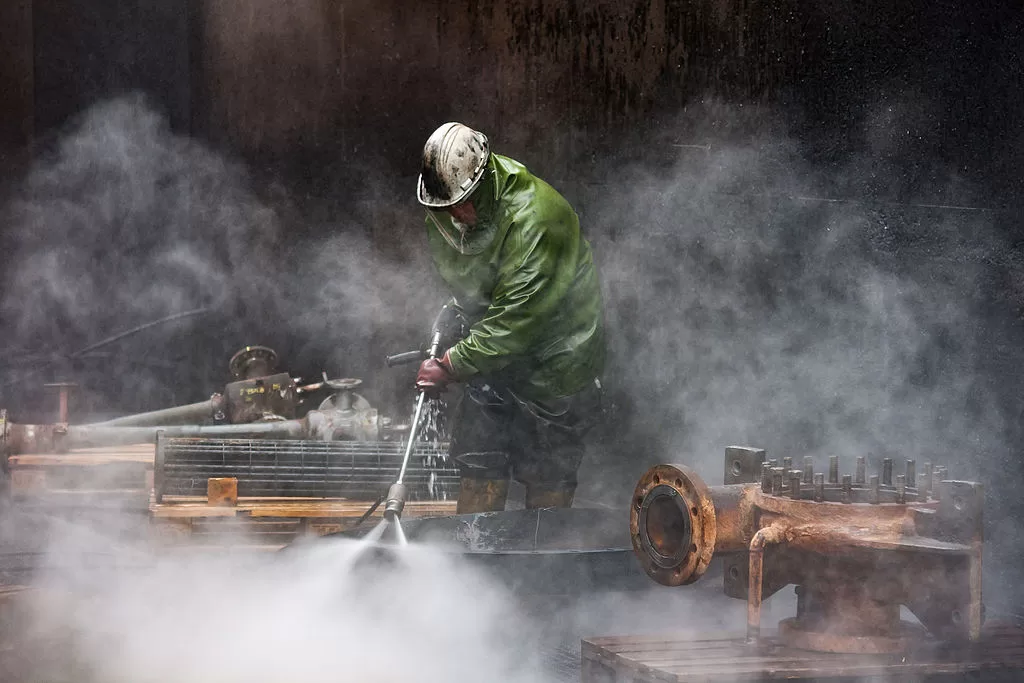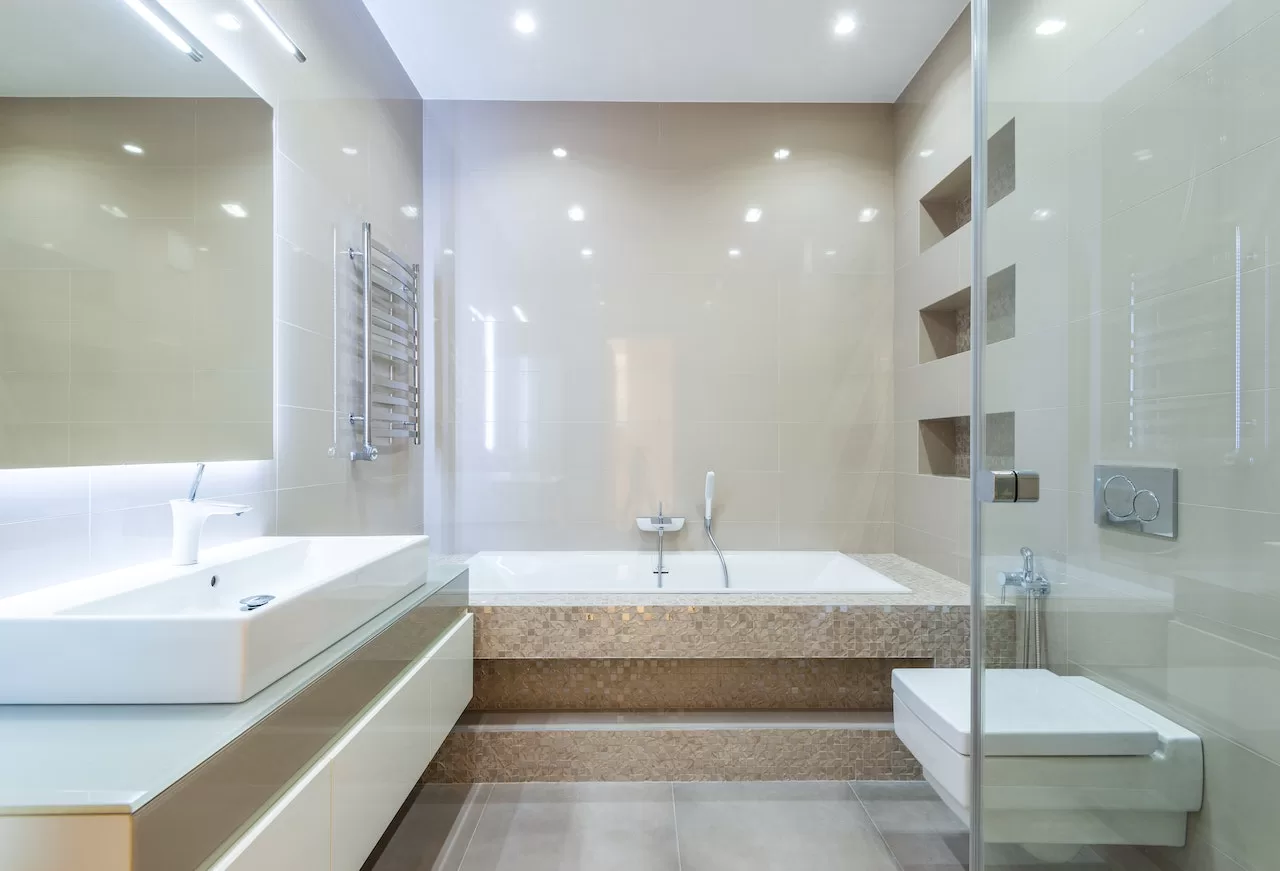Pressure washing is a powerful and efficient method for cleaning various surfaces. Whether you want to spruce up the exterior of your home, remove dirt and grime from your driveway, or restore the shine to your outdoor furniture, pressure washing can deliver impressive results.

However, it’s crucial to approach pressure washing with caution and follow proper techniques to ensure both safety and effectiveness.
In this guide, we will provide you with a comprehensive guide on how to clean safely and effectively with pressure washing.
1. Understand the Power
Pressure washers are designed to deliver high-pressure water streams that can effectively remove dirt, grime, and stains. However, this power also means that pressure washers can cause damage if not used correctly. It’s essential to understand the power of the equipment and the potential risks involved.
Take the time to familiarize yourself with the pressure washer’s user manual, including safety guidelines and recommended operating procedures.
2. Wear Protective Gear
Before you start pressure washing, prioritize your safety by wearing appropriate protective gear. This includes safety goggles to protect your eyes from debris, gloves to shield your hands, and closed-toe shoes to protect your feet. The high-pressure water stream can cause injuries, so it’s crucial to take these precautions to minimize the risk of accidents.
Read Also:
3. Assess the Surface
Before you begin pressure washing, assess the surface you’ll be cleaning. Different surfaces have varying tolerances for pressure and require specific techniques. For example, concrete surfaces can withstand higher pressure, while more delicate surfaces like wood or vinyl may require lower pressure to avoid damage.
Research the appropriate pressure settings for the surface you’re cleaning to ensure you achieve the best results without causing harm.
4. Choose the Right Nozzle
Pressure washers come with interchangeable nozzles that produce different spray patterns and pressures. The nozzle you choose depends on the task at hand. For general cleaning, a wide-angle nozzle is suitable, while a narrow-angle nozzle is better for more concentrated and powerful cleaning. Selecting the right nozzle is crucial for achieving the desired cleaning effect while preventing damage to the surface.
5. Start with Low Pressure
When beginning your pressure washing project, it’s recommended to start with low pressure and gradually increase if necessary. This approach allows you to test the impact of the water stream on the surface and make adjustments accordingly. Starting with low pressure also helps prevent accidental damage, especially when working with delicate or painted surfaces.
6. Maintain the Right Distance
To ensure both safety and effectiveness, maintain the proper distance between the pressure washer nozzle and the surface being cleaned. Holding the nozzle too close can cause damage, while holding it too far away may reduce cleaning efficiency.
The recommended distance is typically around 1-2 feet from the surface. However, this may vary depending on the specific equipment and surface being cleaned, so refer to the manufacturer’s guidelines for precise recommendations.
7. Use the Right Technique
Proper technique is key to achieving a thorough and effective clean. When pressure washing, move the nozzle in a sweeping motion, overlapping each stroke to ensure even coverage. Avoid focusing the water stream on one spot for too long, as this can cause damage. Instead, keep the nozzle moving consistently to prevent any potential harm and achieve uniform cleaning.
8. Pre-Treat Stubborn Stains
For particularly stubborn stains, it may be necessary to pre-treat the area before pressure washing. Apply a suitable cleaning solution or detergent to the stained area and let it sit for a few minutes.
This helps loosen the dirt and grime, making it easier to remove with the pressure washer. Always follow the manufacturer’s instructions for the cleaning solution and ensure it is compatible with your pressure washer.
9. Clean in Sections
To ensure thorough cleaning and prevent streaking, divide the area into manageable sections and clean them one at a time. By focusing on smaller portions, you can ensure that each area receives adequate attention and that no spots are missed. This approach also helps you maintain control over the pressure washer, reducing the risk of accidents or unintentional damage.
10. Rinse and Dry
After pressure washing, it’s important to rinse the surface with clean water to remove any remaining cleaning solution or debris. Starting from the top, rinse thoroughly, ensuring that all residues are washed away. Once rinsed, allow the surface to dry completely before using or applying any treatments or sealants.
11. Regular Maintenance
To keep your pressure washer in optimal condition and ensure its longevity, perform regular maintenance. This includes cleaning the equipment, inspecting hoses and connections for any damage, and storing it properly when not in use. Regular maintenance will not only extend the lifespan of your pressure washer but also contribute to its safe and efficient performance.
Conclusion
In conclusion, pressure washing is a powerful and effective cleaning method when used correctly. By understanding the power of the equipment, wearing protective gear, assessing the surface, choosing the right nozzle and pressure, maintaining the appropriate distance, using proper technique, pre-treating stubborn stains, cleaning in sections, rinsing thoroughly, practicing regular maintenance, and prioritizing safety and effectiveness, you can ensure a safe and successful pressure washing experience.
Remember to always refer to the manufacturer’s guidelines and recommendations for your specific pressure washer model. By following these guidelines, you can confidently clean a variety of surfaces and achieve the desired results without compromising safety or causing damage. Happy pressure washing!









